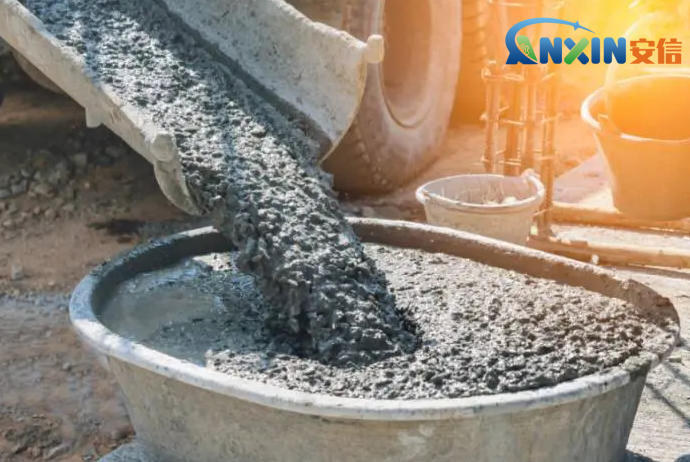What additives strengthen mortar?
Portland Cement: As a fundamental component of mortar, Portland cement contributes to its strength. It hydrates to form cementitious compounds, binding the aggregates together.
Lime: Traditional mortar often includes lime, which enhances workability and plasticity. Lime also contributes to mortar’s self-healing properties and increases its resistance to weathering.
Silica Fume: This ultrafine material, a byproduct of silicon metal production, is highly reactive and improves mortar’s strength and durability by filling voids and enhancing the cementitious matrix.
Fly Ash: A byproduct of coal combustion, fly ash improves workability, reduces heat generation, and enhances long-term strength and durability by reacting with calcium hydroxide to form additional cementitious compounds.
Metakaolin: Produced by calcining kaolin clay at high temperatures, metakaolin is a pozzolan that enhances mortar strength, reduces permeability, and improves durability by reacting with calcium hydroxide to form additional cementitious compounds.
Polymer Additives: Various polymers, such as latex, acrylics, and styrene-butadiene rubber, can be added to mortar to improve adhesion, flexibility, toughness, and resistance to water and chemicals.
Cellulose Ether: These additives improve workability, water retention, and adhesion of mortar. They also reduce shrinkage and cracking while enhancing durability and resistance to freeze-thaw cycles.
Superplasticizers: These additives improve the flow of mortar without increasing water content, enhancing workability and reducing the need for additional water, which can compromise strength.
Air Entrainers: By incorporating tiny air bubbles into mortar, air entrainers improve workability, freeze-thaw resistance, and durability by accommodating volume changes caused by temperature fluctuations.
Calcium Chloride: In small amounts, calcium chloride accelerates the hydration of cement, reducing setting time and enhancing early strength development. However, excessive use can lead to corrosion of reinforcement.
Sulfate-based Additives: Compounds like gypsum or calcium sulfate can improve mortar’s resistance to sulfate attack and reduce expansion caused by the reaction between sulfate ions and aluminate phases in cement.
Corrosion Inhibitors: These additives protect embedded steel reinforcement from corrosion, thus maintaining the structural integrity and longevity of mortar elements.
Colored Pigments: While not directly strengthening mortar, colored pigments can be added to enhance aesthetics and UV resistance, especially in architectural applications.
Shrinkage Reducing Additives: These additives mitigate shrinkage cracking by reducing water content, enhancing bond strength, and controlling the evaporation rate during curing.
Microfibers: Incorporating microfibers, such as polypropylene or glass fibers, improves mortar’s tensile and flexural strength, reducing cracking and enhancing durability, particularly in thin sections.
additives play a crucial role in enhancing mortar properties, and their judicious selection and use are essential for achieving desired strength, durability, and performance characteristics in various applications.
Post time: Apr-22-2024
